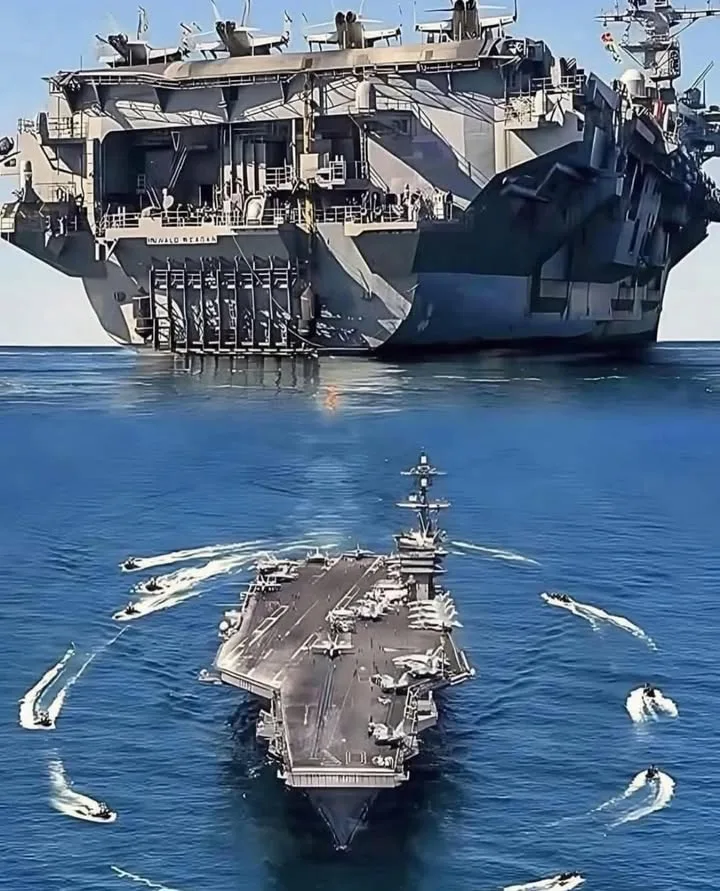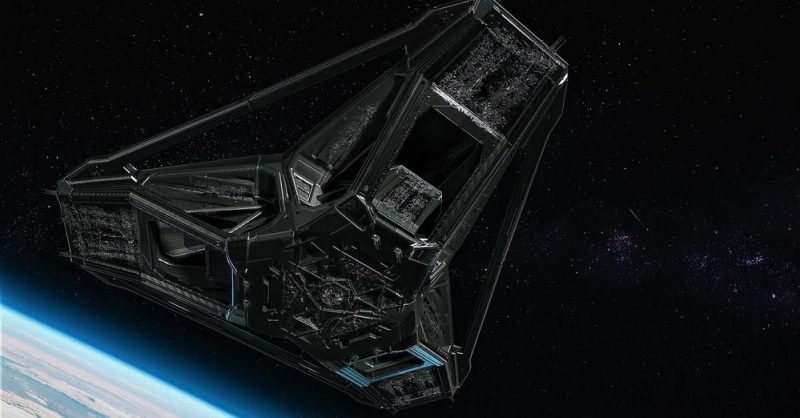When we talk about modern engineering marvels, our minds often jump to skyscrapers, space rockets, or massive bridges. But floating on the world’s oceans is another class of titan, a city unto itself, capable of projecting immense power and acting as a mobile airbase: the aircraft carrier. And leading the charge into the future of naval power is the USS Gerald R. Ford (CVN 78).

Crucially, the USS Gerald R. Ford is not a Nimitz-class carrier. It is the lead ship of its very own, cutting-edge Gerald R. Ford-class, representing a monumental leap in naval technology and design. Prepare to be amazed by the sheer scale and capability of this floating giant.
A True Behemoth of the Deep
Just how big is the USS Gerald R. Ford? The numbers are truly staggering:
- Length: Picture four American football fields laid end-to-end. That’s approximately 337 meters (1,106 feet), the colossal length of the Ford. From bow to stern, it’s a runway on water.
- Beam (Width): The flight deck alone stretches a massive 77 meters (256 feet) wide, providing ample space for launching and recovering dozens of aircraft simultaneously.
- Draft (Depth): Below the waterline, the ship draws about 12 meters (39 feet) of water, a significant portion of its hull submerged to maintain stability for its immense weight.
- Height: From the waterline to the very top of its mast, the Ford stands an impressive 76 meters (250 feet) tall. To put that in perspective, imagine a 24-story building rising directly out of the ocean!
- Displacement: When fully loaded, this colossal vessel displaces over 100,000 tons (specifically, around 100,000 to 102,000 long tons, which converts to approximately 101,600 to 103,600 metric tons). That’s the weight of a small mountain, engineered to float and move with incredible precision.
This isn’t just a ship; it’s a mobile, self-sustaining city designed for strategic global presence.
More Than Just a Ship: A Floating Airbase and City
The USS Gerald R. Ford is home to thousands and a launchpad for the most advanced airpower:
- A City at Sea: The carrier is crewed by more than 4,500 sailors and marines when it sails with its full air wing. Think about the logistics required to feed, house, train, and support this many people in a confined space for months at a time. It truly is a floating community with everything from medical facilities to barbershops.
- Airpower Unleashed: Its primary mission is to project air superiority, and it does so with unparalleled capability. The Ford can carry more than 75 aircraft, forming a formidable air wing. This includes a deadly mix of F/A-18 Super Hornet and F-35C Lightning II stealth fighters, along with various helicopters, early warning aircraft (like the E-2D Hawkeye), electronic warfare jets, and logistics planes.
Beyond the Numbers: Technological Advancements
What truly sets the Gerald R. Ford class apart from its predecessors like the Nimitz class are its revolutionary technologies:
- EMALS (Electromagnetic Aircraft Launch System): Gone are the steam catapults of old! EMALS uses powerful electromagnetic forces to launch aircraft with greater precision and less stress on the airframes, allowing for faster sortie generation rates (the rate at which aircraft can be launched).
- AAG (Advanced Arresting Gear): Similarly, AAG replaces hydraulic systems with an electromagnetic system for recovering aircraft. This provides smoother, more controlled landings, especially for heavier aircraft.
- New Nuclear Reactors: The Ford class features two new A1B nuclear reactors, which are more efficient and generate significantly more power than those on the Nimitz class. This increased power supports the new electromagnetic systems and provides more electrical capacity for future technologies.
- Optimized Flight Deck: The design of the flight deck itself has been optimized for efficiency, with revised elevator locations and a smaller “island” (superstructure) that allows for more flexible aircraft movement and faster operations.
The USS Gerald R. Ford is more than just the largest warship; it’s a testament to human ingenuity, a symbol of immense power, and a crucial instrument in modern global defense. Its capabilities redefine what’s possible on the high seas, ensuring that wherever it sails, it carries with it an unmatched presence.





